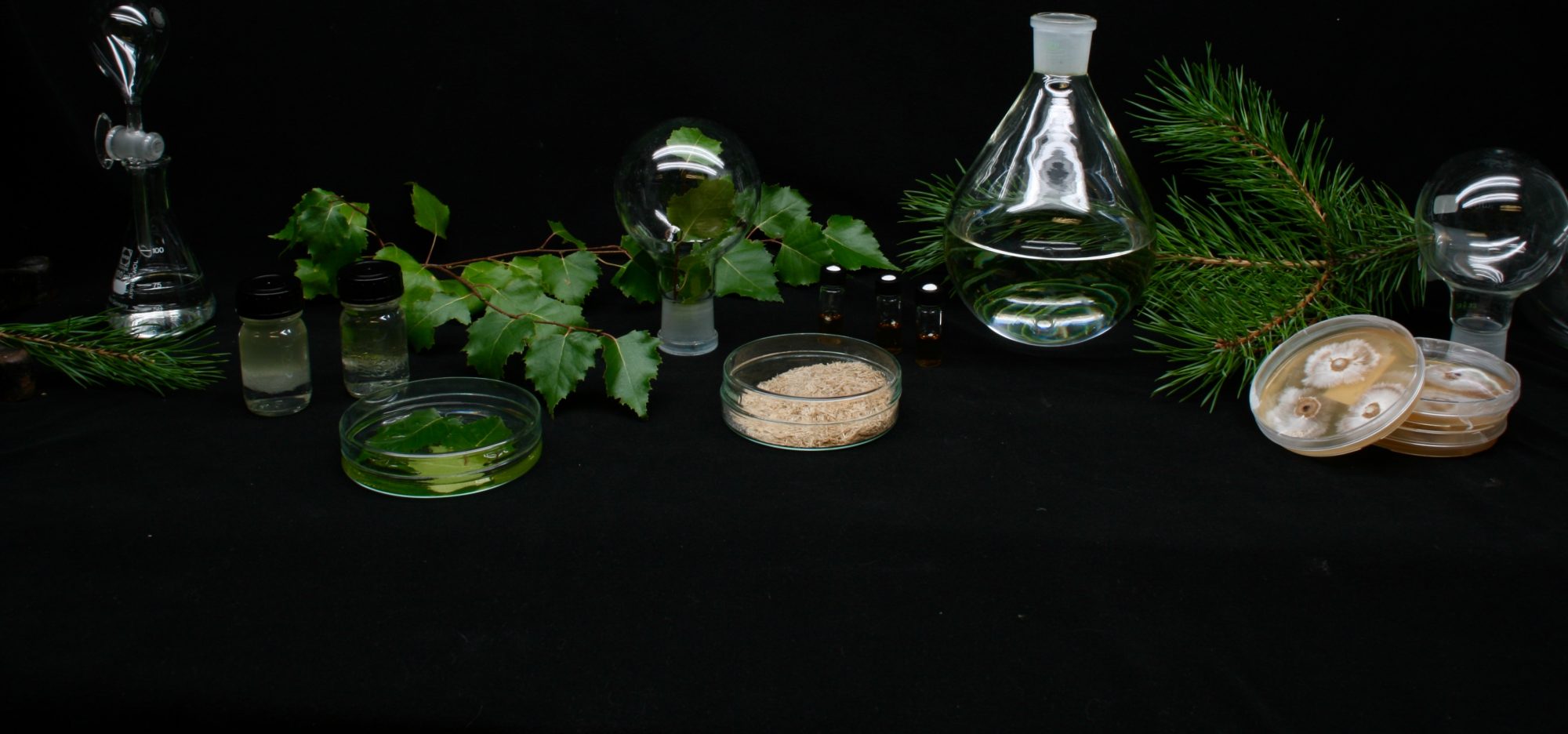The food and the cosmetics industries share some similarities – ingredients are a major one. This research will help both industries by providing them new information about candidate raw materials. Stabilizers, viscosity controlling agents, emulsifiers, to name a few – it’s possible to use the same innovative solutions to provide greener food and cosmetic ingredients. Spruce and birch gum are examples of new promising ingredients that could progress these industries.
A Bachelor of Beauty and Cosmetics (estenomi) student from Laurea University of Applied Sciences, Anne Parkkonen completed her thesis on the use of spruce and birch gum in cosmetics. It was a practical-oriented project and the goal was to plan, formulate and manufacture different kinds of cosmetic products by including spruce or birch gum as an ingredient. The thesis presents the legal regulations related to cosmetics. As previous research is mainly made for food ingredients, using wood gums for cosmetic purposes is a new idea. The thesis provides more detailed information about the legislation behind the use of ingredients/chemicals in cosmetic products.
The emulsion stabilizing features of spruce and birch gums lead Anne’s work to focus on exploring their effect on texture and composition when used in emulsion-based products (e.g. skin creams and serums). Additionally, evidence also indicates these gums have antioxidant, prebiotic, and anti-inflammatory properties. Some very promising findings from these experiments included how spruce and birch gum made a comfortable and pleasant film-like feel and appearance on the skin when the emulsions dried. Spruce and birch gum seemed to have moisture binding properties which are desirable features in many cosmetic products. These findings support the need for further studies on the use of wood gums in cosmetics.
This thesis project was completed under the guidance of Assoc. Prof. Kirsi Mikkonen and Dr. Satu Kirjoranta who study hemicelluloses (spruce and birch gum) and their potential applications. New avenues have been opened from their initial research, expanding into the field of cosmetics, with nine candidate spruce and birch gum-based products created. These products could inspire future research and collaborations with industry in Finland and further abroad to elucidate how to incorporate spruce and birch gum effectively in different applications.
Spruce and birch gum are ingredients from sustainable sources, manufactured using environmentally-friendly technology from wood. This thesis explores just one example of how many small solutions could make the world and its goods more sustainable within a circular economy. There is a need to replace existing ingredients with greener alternatives which are produced locally and from renewable sources. Spruce and birch gum are hopefully an example to support a better future for the cosmetics industry without compromising on product quality. Anne’s thesis will be released later this year. Petri Kilpeläinen from Natural Resources Institute Finland (Luke) is thanked for providing the spruce and birch gum samples for the study.

